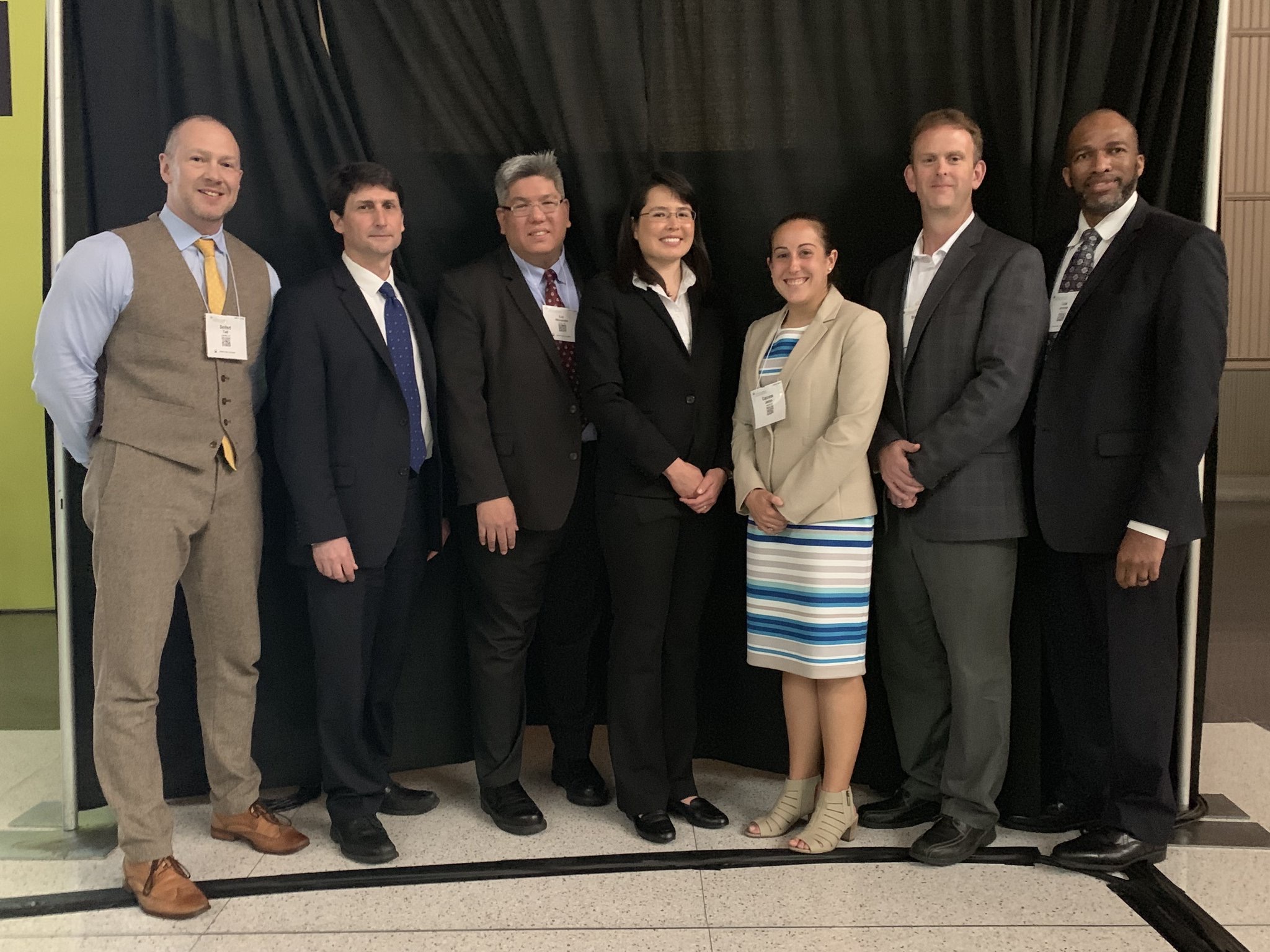Current Research Projects
New Publication: Interactions Between Different Age-Related Factors Affecting Balance Control in Walking
New Publication: Interactions Between Different Age-Related Factors Affecting Balance Control in Walking This publication provides an overview of the different aging effects on balance control, and how modeling can be used to understand interactions between them. CoBal lab would like to...
read moreDr. Caccese Assistant Professor at The Ohio State University
One of our members has moved on to become an Assistant Professor at The Ohio State University (OSU)! Dr. Jaclyn Caccese was recognized for her hard work and devotion to the research community. In January 2020, Dr. Caccese assumed her new position at OSU at the Department of Health and...
read moreDr. Jeka gives seminars at Indian Institute of Science
Dr. Jeka visited Bangalore, India Dr. Jeka recently traveled to Bangalore, India to give two talks at the Indian Institute of Science (IISc) , which is considered the leading science university in India. He was invited as part of the Pratiksha Brain Computation and Data Science initiative,...
read moreCoBal Lab is on NPR!
Balancing in Virtual Reality: UD researchers search for answers in the Cave CoBal Lab is on NPR! Click on the link bellow and check out the publication! https://www.delawarepublic.org/post/balancing-virtual-reality-ud-researchers-search-answers-cave ...
read moreCollaborative Research in Computational Neuroscience (CRCNS)
Dr. Hendrik Reimann presented at the CRCNS meeting in Austin, Texas. The purpose of CRCNS program is to provide a theoretical foundation and a rich set of technical approaches for understanding complex neurobiological systems, building on the theory, methods, and findings of computer science,...
read moreAmerican Academy of Neurology 2019
Dr. Jaclyn Caccese and Felipe Yamaguchi went to the 2019 AAN Sports Concussion Conference in Indianapolis, IN. Jaclyn presented her poster titled “Age of first exposure to soccer heading and sensory reweighting for upright stance”. She saw no differences in sensory processing for...
read moreISPGR World Congress 2019
Dr. Jaclyn Caccese and Dr. John Jeka flew to Edinburgh, Scotland. Jaclyn presented her poster titled “Dynamic reweighting of three modalities for sensor fusion after repetitive head impact” at the International Society of Posture and Gait Research (ISPGR World Congress 2019). Although...
read moreCheers to Dr.J!!
Last Fall (2018), Dr. John Jeka was a Keynote Speaker inside the Smolenice Castle – Bratislava, Slovakia! Yes, he did his keynote titled: “Temporally coordinated mechanisms of balance control during walking” in a castle! The 8th Posture Symposium was organized by the Center of...
read moreMay the Force be with you!
Right Picture, from left to right: Fernando, John, and Tyler
read moreJaclyn Caccese presented at the 71st American Academy of Neurology in Philadelphia, PA.
Left to right: Dr. Tad Seifert (moderator), Dr. Luca Marinelli, Dr. Alexander Lin, Dr. Katherine Breedlove, Dr. Jaclyn Caccese, Dr. Thomas Buckley, Dr. Jerome Lisk (moderator).
read moreCongrats to our new PhD. Tyler!
On the first week of April 2019, Tyler Feltrow has successfully defended his dissertation. His dissertation title was “Control of balance during locomotion” and the goal of his research was to provide a basic understanding of how the healthy human nervous system regulates balance to...
read moreCongrats to our new Ph.D. Fernando!
On the last week of March 2019, Fernando Vanderlinde dos Santos has successfully defended his dissertation titled “The Effect of Repetitive Head impacts on Sensory Reweighting and Human Balance”. The purpose of his experiment was to gain an understanding of how prolonged repetitive...
read moreDr. Jeka receives US patent for TreadSense
Congratulations to Dr. John Jeka, Professor & Department Chair of Kinesiology for the recent patent awarded by the United States Patent and Trademark Office for his TreadSense product. TreadSense combines three technologies (a treadmill, a webcam, and computer modeling of the human body) into one device that provides feedback as to how an individual is moving. This device is incredibly helpful in rehabilitation settings, helping people to re-learn how to safely walk following an injury.
read more










